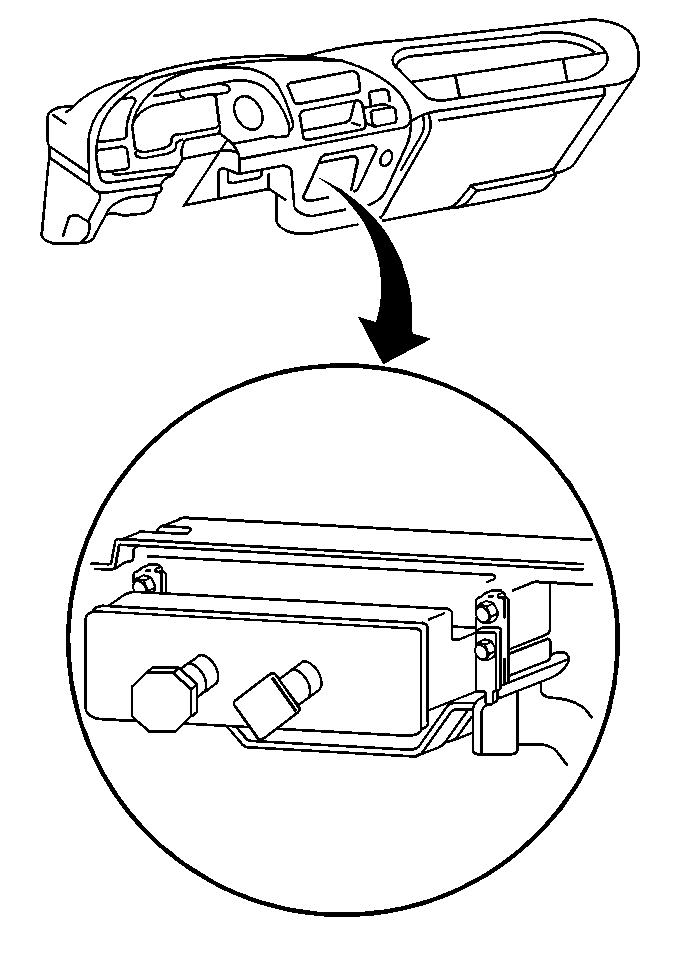For 1990-2009 cars only
- Block the wheels.
- Start the engine and charge the system to the air compressor governor cut-out point.
- Stop the engine.
- Push in the trailer air supply knob.
- Slowly reduce the pressure in the air reservoirs.
- Hold in the trailer air supply knob and continue to reduce the pressure in all of the air reservoirs.
- Release the trailer air supply knob.
- Start the engine.
- Charge the system to the air compressor governor cut-out point.
- Stop the engine.
- Push in the control valve knob.
- Pull out the trailer air supply knob.
- Reduce the air pressure in all reservoirs. The park brake control knob must pop out at 138-209 kPa (20-30 psi). If the park control knob does not pop out at the specified pressure, overhaul or replace the parking control valve.
- Start the engine.
- Charge the system to the air compressor governor cut-out point.
- Stop the engine.
- Pull out the trailer air supply knob.
- Push in the trailer supply knob.
- Pull out the park control knob. The trailer air supply knob must pop out almost instantaneously. If the trailer air supply knob does not pop out as specified, overhaul or replace the parking control valve.
- Remove the wheel blocks.

If the trailer air supply knob does not remain in, overhaul or replace the parking control valve.
Important: The park control valve must not pop out before the trailer air supply knob. If the park control valve knob pops out first, overhaul or replace the parking control valve.
The trailer air supply knob must pop out when the air pressure is reduced to approximately 241-310 kPa (35-45 psi).
Air must start to escape from the exhaust port when the trailer air supply line pressure reaches 138-241 kPa (20-35 psi).
If the park control valve does not remain in, overhaul or replace the parking control valve.
If the park control knob does not remain in , overhaul or replace the parking control valve.
